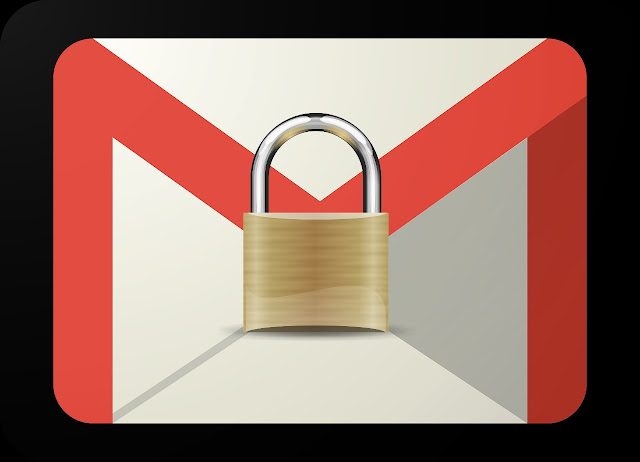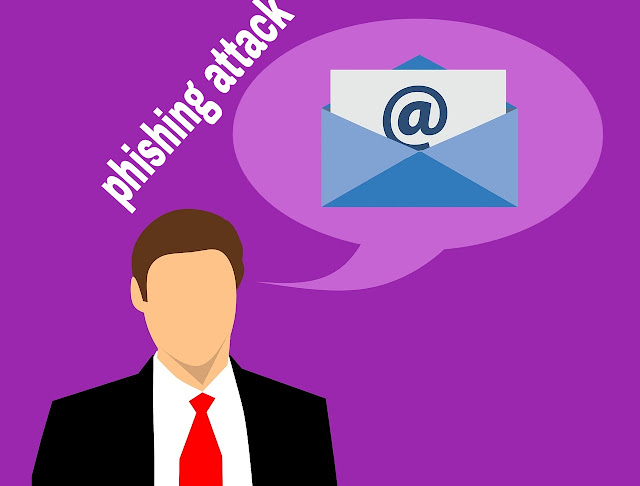Still on privacy protection matters, today we shall be revealing to you some ways of securing your PC from physical access by an unknown user. Last week on this blog, we dealt with some security tips on how to protect your PC from floating malware/viruses and other malicious content which may download itself into your PC from the internet and I mentioned about subsequently downloading of your System (PC) update and setting up a strong antivirus.
But what if the bad egg you are trying to prevent from bursting into your PC is designed by a neighboring friend near you? This is why you need not to only employ cyber (internet) security but also setting up a physical privacy of your PC like what this post is talking about.
Set up your PC to automatic lock when someone tries to guess your password. There could be many ways to achieve this, but this post governs two safe methods.
How To Temporarily Lock Your PC From Unknown/Unwanted Users
Method 1. Command Prompts (CMD)
The Command Prompts (CMD) is always there to help you communicate with your PC on what you want to be configured, and this is done by serving it some command lines.
Step 1. Launch the Command Prompt Windows on your PC; to do this, go to startup menu and search for Command Prompt (CMD) or from your desktop interface press Windows Key + R simultaneously to pop up the “Run Window” and input “CMD” in the text field and hit “Enter” from your keyboard
NOTE: CMD or Command Prompt window is always dark, be sure you are running Command prompt window before proceeding to the next step.
Step 2. In the CMD window, type in the command “net accounts”. This command would list your current password policy of your PC. By default, the password policy is set as “lockout threshold: Never”; this implies that your user account will remain unlocked regardless of how many times you filled your password incorrectly.
You can modify these default settings by implementing the below commands on your Windows PC
Step 3. Exit the previous command prompt and relaunch (re-open) a new one and input the command “net accounts/lockout threshold:3”. This is an example, if you input exactly the command, it would set up the incorrect password filing limit to 5 times and once it exceeds 3 failed trials, your Windows PC would be locked.
Step 4. At default, the lock duration after exceeding the number of incorrect password fillings is set to 30 minutes. To change this, you should open and type in the command prompt the following command “net accounts/lockout duration:15”. This would set your PC to lock for 15 minutes after exceeding the configured number of trials. You can change the “15” in the command line to whatever number you may find comfortable.
NOTE: The set time is always in minutes.
Now you are done configuring your PC to lock after a limited failed user login attempt. This would help lock out spies/unwanted users from your PC.
Should you come across any difficulty prior to this method? Look down for the next method👇👇👇
Method 2. Using Local Security Policy
The Local Security Policy could help you accomplish the command on your PC. Follow the below steps to get it done.
Step 1. Open your start menu, type “local security policy” and open the app. Note that it's a system (desktop) app
Step 2. Navigate to Security Settings>>>Account Policy>>>Account Lockout Policy
Step 3. Doubleclick on “Account lockout threshold” and enter the number of invalid login attempts you wish to set and click OK. By default, the account lockout duration is set to 30 minutes, so click OK again to save the change in lockout threshold.
Step 4. If you wish to modify the lockout duration, go back and double-click on “Account lockout duration” and modify the time.
You are done!
I believe this second method is much easier to execute than the Command Prompt which seems much like you are writing a program, hahaha….
Well, the above are the two best methods that can be used to set a temporary lock on a user account on windows PC after exceeding the configured number of invalid login attempts. Cheers...



























